How to use beginner's mind for nature journaling
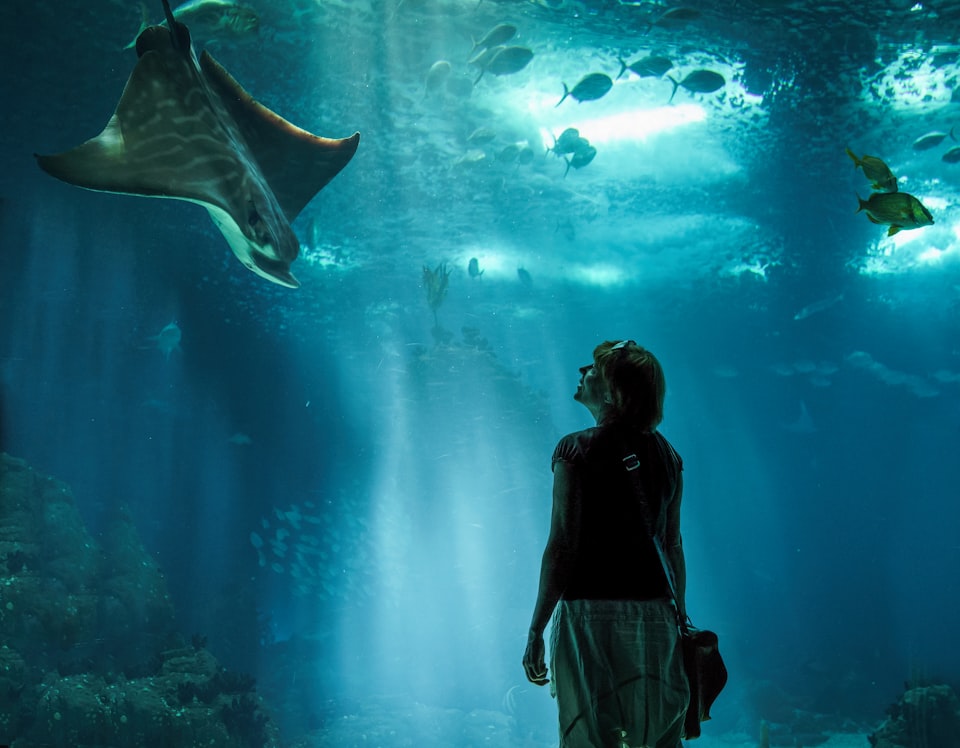
What is beginner's mind and how can it be used in your nature journaling practice? I've previously mentioned the concept of beginner's mind (or shoshin) to battle boredom but will go into more detail and practical tips here.
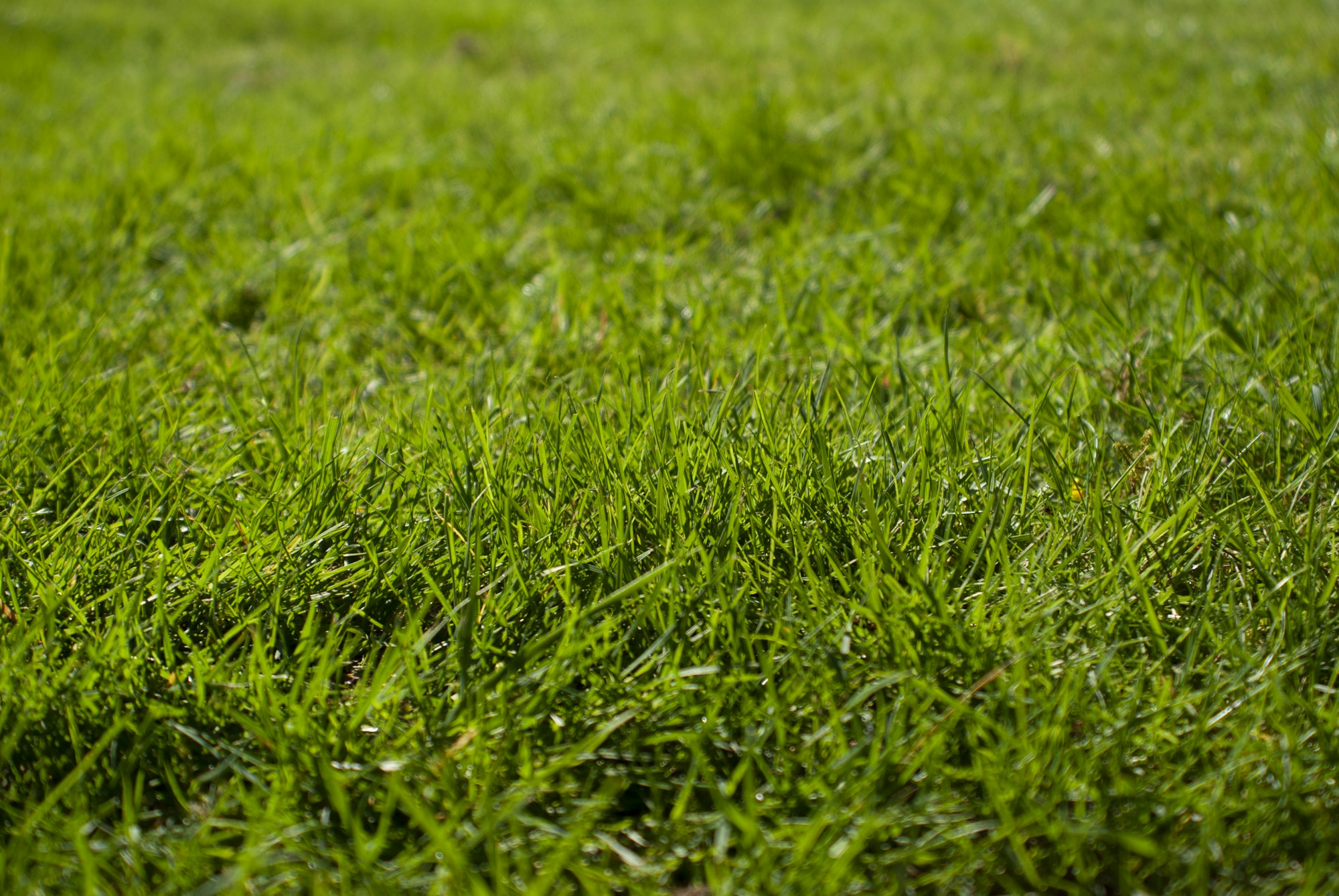
What is beginner's mind?
Beginner's mind or shoshin, is a Zen Buddhism technique to approach something as if for the first time, seeing with "fresh eyes" and without expectations, even if we are experts in the matter. Its about having an attitude of openness, curiosity and wonder.
Why is having a beginner's mind useful?
As a beginner you have to go beyond your comfort zone, let go of support and just have a go, knowing it will probably take many more tries to truly get the hang of something. As an expert we are comfortable with our knowledge and can both achieve more and be more efficient. So why should we practice thinking like a beginner (even as an expert)?
Practicing beginner's mind allows us to make objective observations, by not bringing any preconceptions and expectations we might have to the current moment. It can help us see something we might otherwise have overlooked and make room for curiosity. It allows us to open our minds to awe and wonder around us, to be mindful and aware of our surroundings, which is exactly what we try to achieve when nature journaling.
So how can we use this mindset in our nature journaling?
Practical tips
Photo by Vidar Nordli-Mathisen / Unsplash
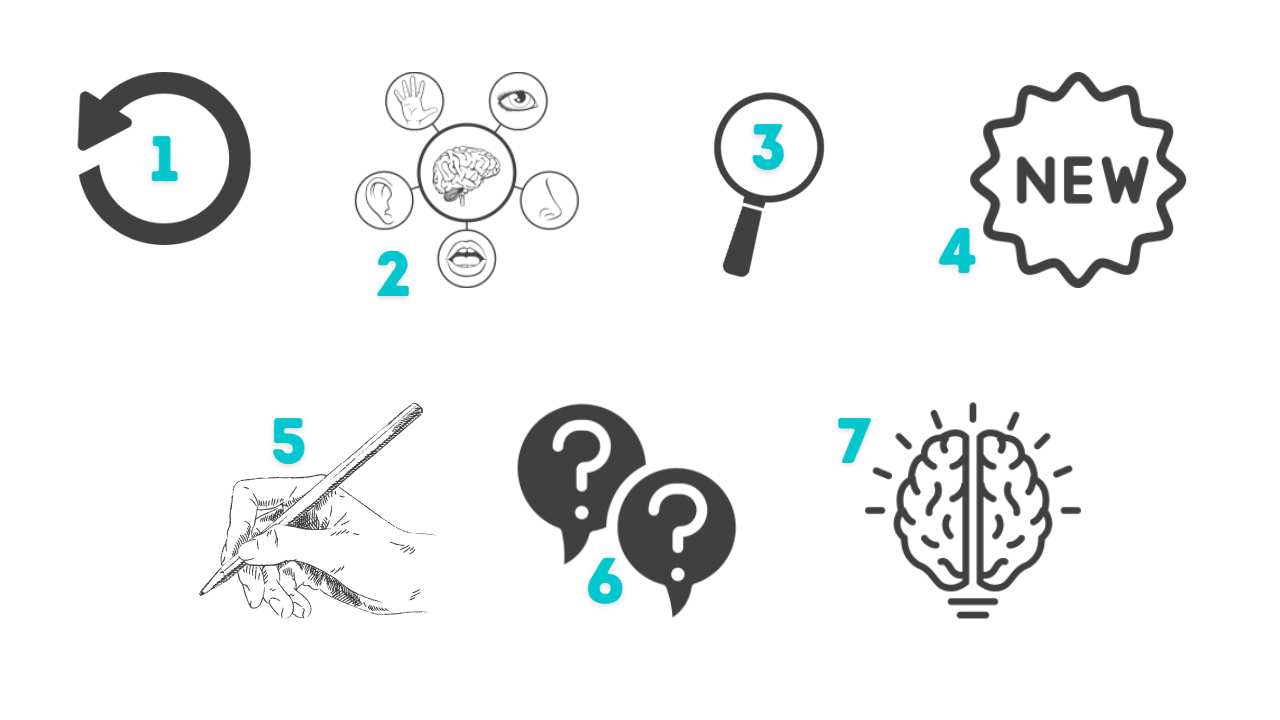
Practical tips for applying a beginner's mindset
- Leave behind preconceptions (e.g. how good your drawing skills are) and prior knowledge (anything you might already know about your subject). A beginner accepts they have room for improvement but won't let it stop them from learning. You will learn more about your subject if you don't focus on what you already know. Avoid frustration and disappointment by not setting expectations, such as about how your page should look at the end of the session.
- Be open to new experiences by using all your senses to be aware and in the moment. Ask yourself what you can see, hear, feel, smell and taste?
- Be curious by slowing down and paying attention to your surroundings.
- Pretend you've never experienced this before, perhaps describe it to someone who isn't there using words, pictures and numbers.
- Draw what you see, not what you think you see. Focus on the shapes and colours in front of you, even if your brain says that's not what it expected.
- Ask lots of questions and accept that it's OK to not know or have the answers.
- Don't accept the first idea as the right or only option, keep brainstorming and stay open to other possibilities.
I hope these practical tips will help you have a more fulfilling nature journaling experience. Let me know if you have any others or if you already practice any of these?


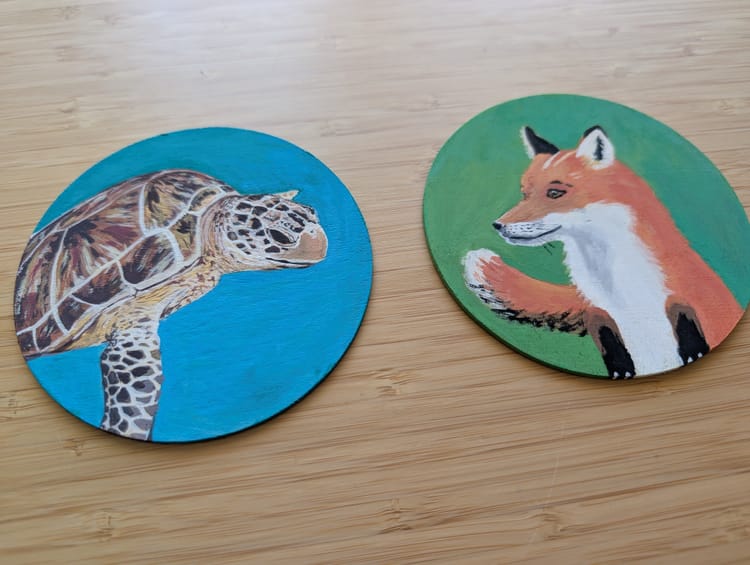

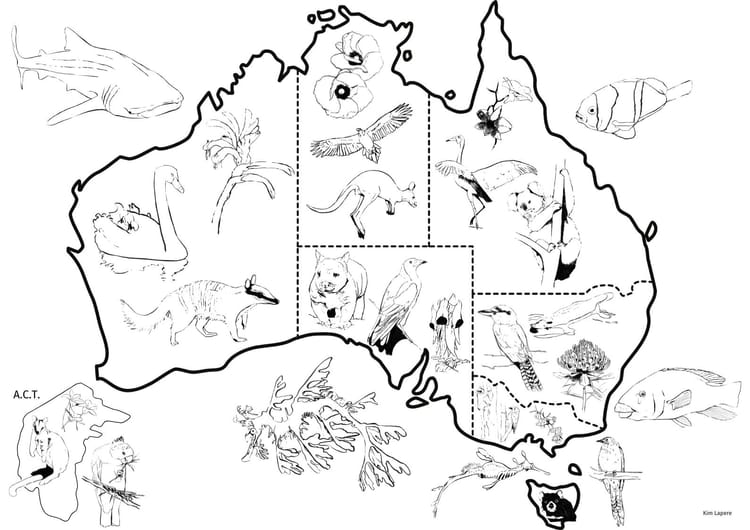
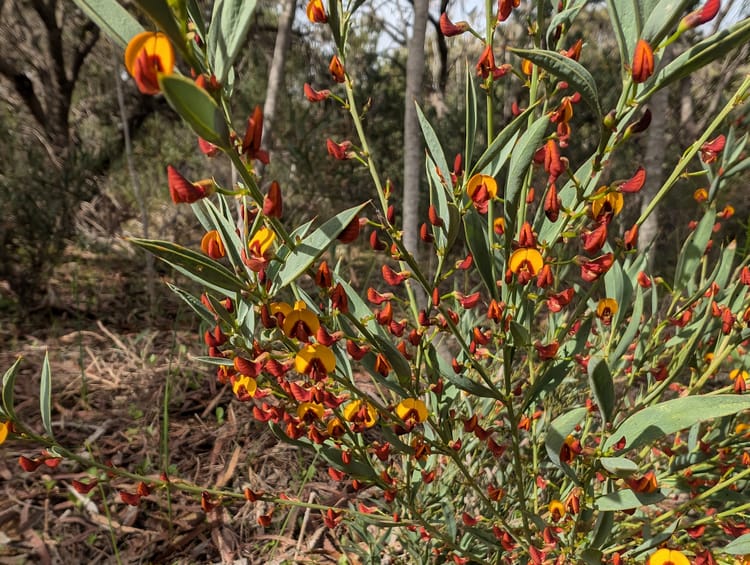
Member discussion